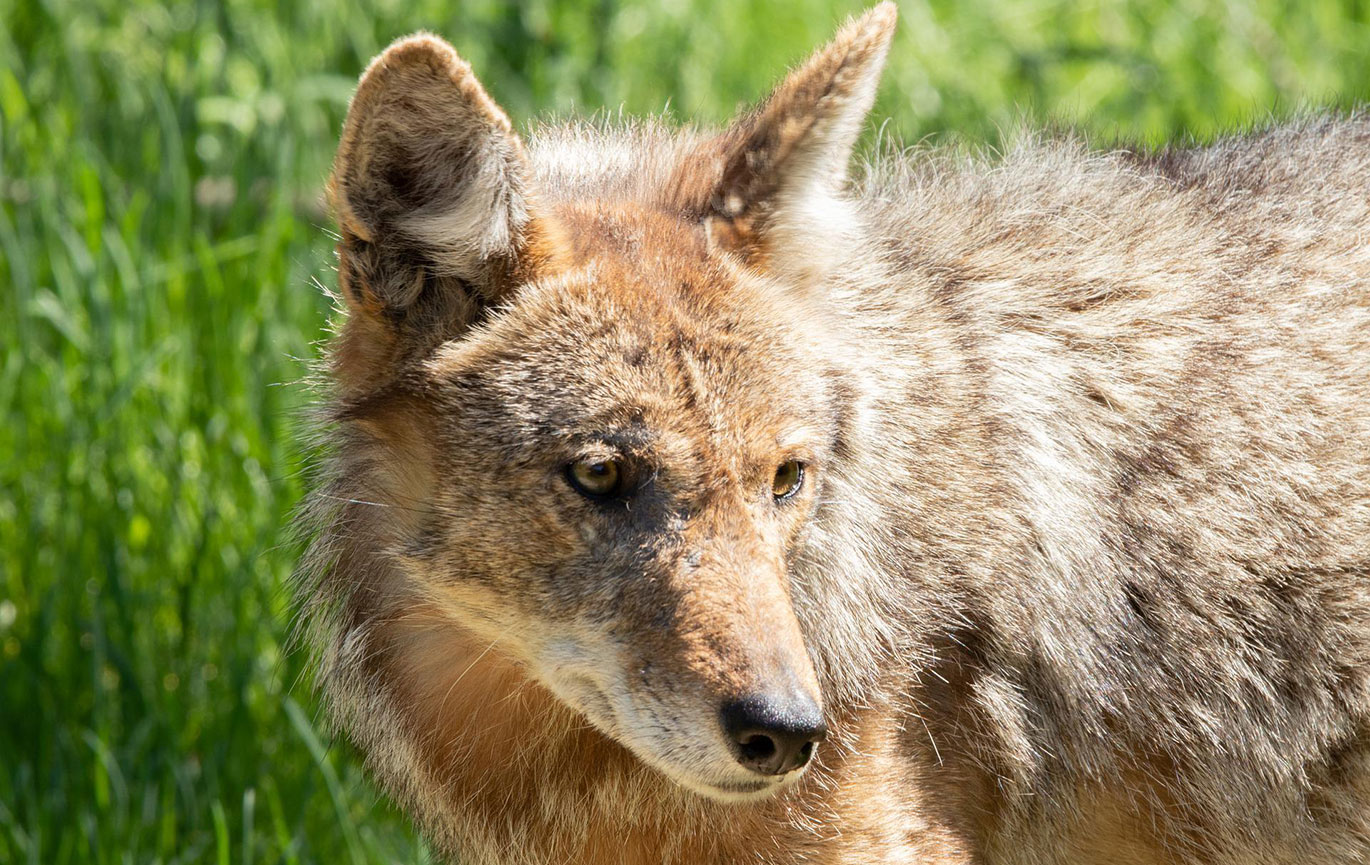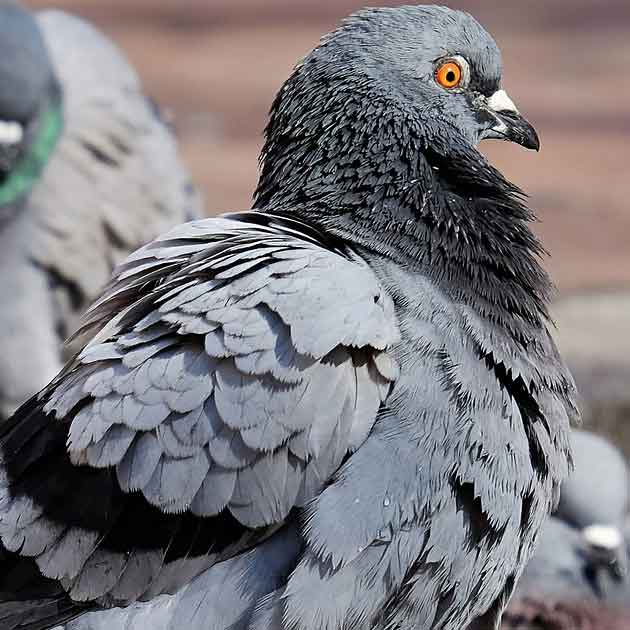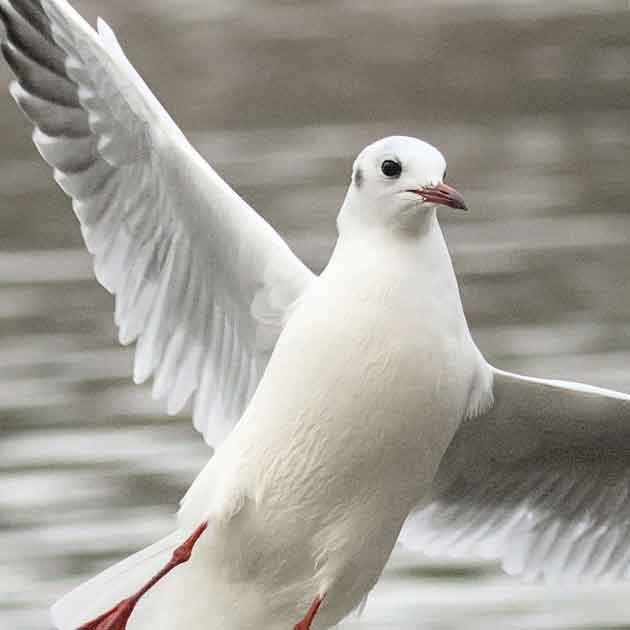Coyotes have become ubiquitous in urban and suburban areas. If you have a problems with coyote in your area please contact HAWKEYE Bird & Animal Control for removal.
Why do Coyotes suddenly attack humans?
We have a theory... For over 2 years, the general population has been mostly absent or greatly reduced, due to the extended lockdowns in response to COVID. Closed restaurants and other businesses meant less easily available food in trash bins, so the animals slowly moved into more populated neighbourhoods. During those months of lockdowns, residents may have also taken comfort in watching and feeding wildlife. With life returning to more normal activities, Coyotes are suddenly finding themselves pushed out of cushy territories, that had been their home for some time. So, we believe that the current attacks on residents are a combination of territorial aggression and a demand for food.
Coyotes, Canis latrans, are medium-sized dog like animals (weight: about 8-20 kg; length: approximately 1-1.4 m) that range throughout North America and into the top of South America. The range and number of coyotes seems to be expanding, probably due to their high reproductive capabilities, great dispersal ability, and opportunistic food habits. Coyote expansion has also been made easier by the elimination of so many wolves, with whom they usually compete unsuccessfully and avoid. Coyotes show an amazing ability to adapt and compensate for increased human exploitation. They are able to exist and reproduce successfully in extremely diverse habitats ranging from urban, to suburban, rural, mountains, desert, and from coast to coast. Neither altitude, latitude, nor vegetation restricts their survival.
It’s no surprise to most people to learn that coyotes are amazing and adaptable animals who can live just about anywhere, ranging from remote wild environs to crowded urban areas. They eat just about anything and often are mischaracterized for being vicious predators who routinely harass humans and their companion animals. While attacks do occur, in reality, they’re quite rare, considering all of the opportunities coyotes actually have to interact with humans and domestic animals.

What is considered Abnormal Coyote Behaviour?
Aggressive behaviour toward people can be abnormal. Aggressive coyotes would include individuals that will not run from people and that growl or bark when approached. Coyotes that attack pets, on leash, right next to people can be considered aggressive too.
During denning season, February – June, it is normal for coyotes to become aggressive to protect their territory and young. During this time of year, be mindful of where you hike in natural areas; coyotes may see you or your dog as a threat to their pups and act aggressively to protect them. Most coyotes are nervous of and fear humans. Studies have shown that coyotes will avoid humans in urban areas by shifting to nocturnal activity patterns when visiting urban neighbourhoods. As coyotes become habituated to humans they tend to loss their fear and desire to avoid people. The draw to food in urban areas due to intentional or even unintentional feeding could lead to habitation and alter coyote behaviour. Unfortunately, with the recent pandemic lockdowns and very few people to be seen in urban and suburban areas, a lot of wildlife came out of hiding and had the run of some neighbourhoods. It wasn’t unusual to see coyote, deer, rabits come out of the ravines and green space in the cities. Coyotes will take advantage of food available in urban areas and associate food with neighbourhoods and people. Do Not Feed Any Wildlife. Ever. If you see coyote in your area do not run from them. Like many predators, their instinct is to run after you. Turn and face it, make yourself look big, raise your arms, make lots of noise. Keep your dog on a leash and don’t leave your dogs, cats or even young children alone in the back yard, as coyotes can easily clear a 2 metre fence.
Opportunistic Diet
These adaptable animals will eat almost anything. They hunt rabbits, rodents, fish, frogs, and even deer. They also dine on insects, snakes, fruit, grass, and carrion. They sometimes kill lambs, calves, or other livestock, as well as pets, many ranchers and farmers see them as destructive pests. And they will eat food if found in your garbage. Behavior Coyotes are formidable in the field where they have excellent vision and a strong sense of smell. They can run up to 60 km per hour. In the fall and winter, they may form packs for more effective hunting of larger prey. Coyotes form strong family groups. In spring, females den and give birth to litters of three to twelve pups. Both parents feed and protect their young and their territory. The pups are able to hunt on their own by the following fall, but will often stay with family until the following spring when they will go find a mate and start their own families. If you have a coyote problem in your area please call HAWKEYE at 416.429.5393 for removal.














